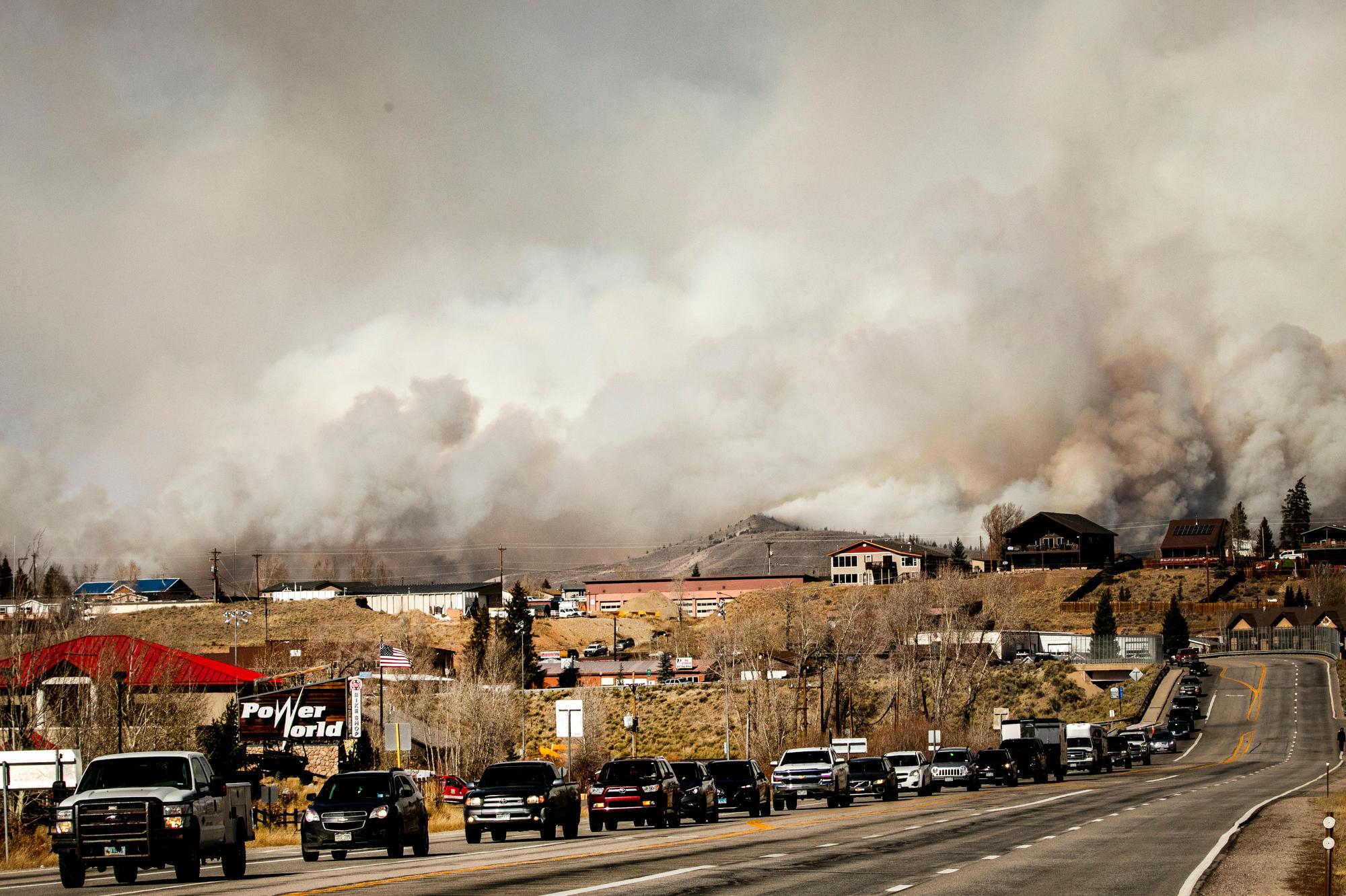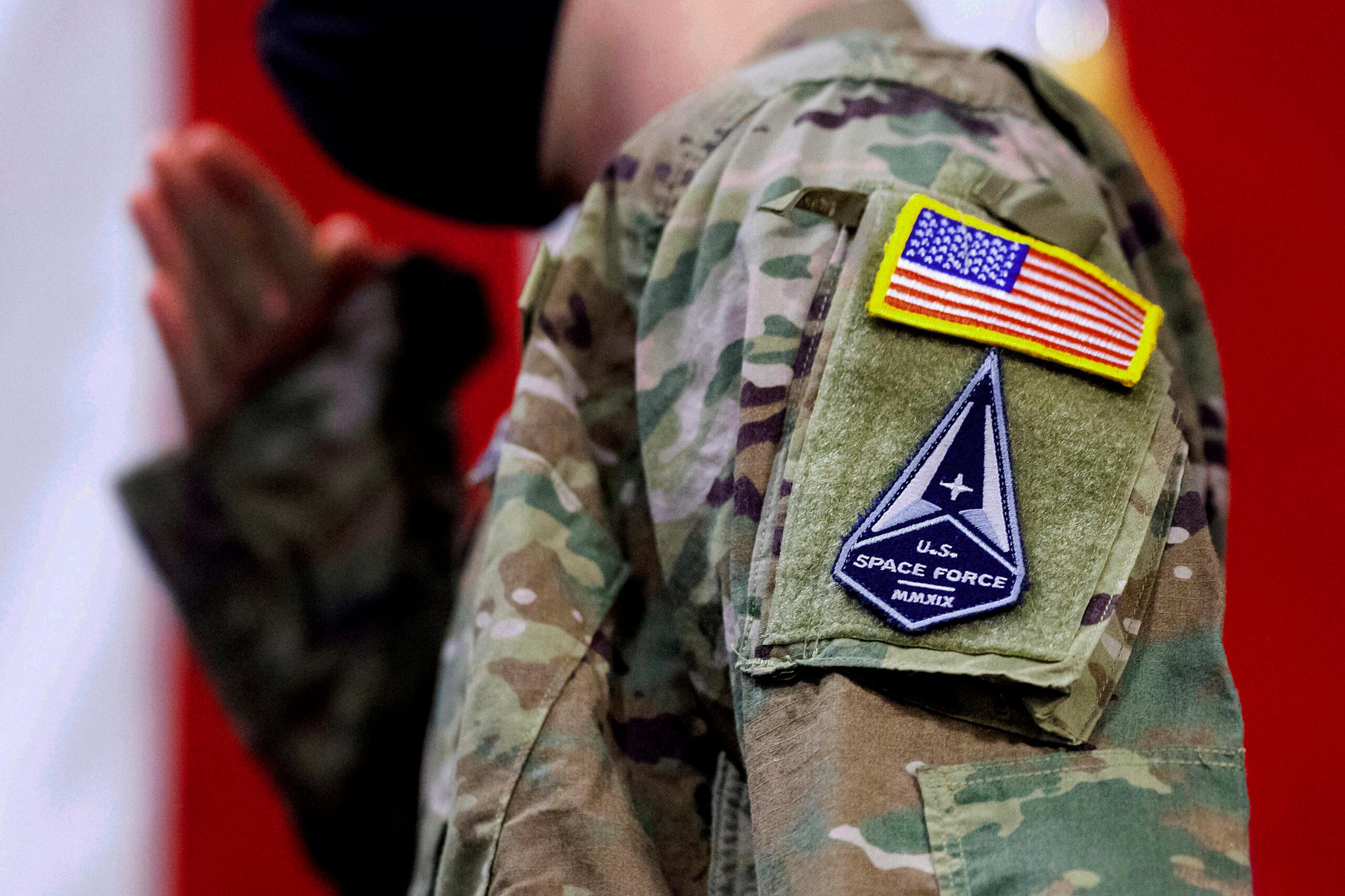
When fires began spreading across Superior and Louisville in Boulder County on December 30, 2021, tens of thousands of residents were told to evacuate. Many went to evacuation centers with their children, partners, pets and what little belongings they could grab on the way out the door. For many victims of the fire, what they brought with them is all they have left.
Being faced with an emergency like the Boulder County fires is not something anyone wants, but it is something everyone can prepare for.
Whether it’s fire, floods or active shooters, knowing how to respond in an emergency can save your life. Micki Trost,Communication Director with Colorado’s Division of Homeland Security and Emergency Management, spoke with Nathan Heffel, co-host of Colorado Matters, about key ways people can prepare for an emergency situation.
Start with a plan.
A preparedness plan should incorporate a few things: how you will evacuate or where you will shelter-in-place, meeting points and supplies you’ll need to grab, contact numbers for friends and family. Your plan might differ depending on the situation. With a house fire evacuation, for example, you may be able to go to a place nearby, such as a neighbor’s house. But with a large-scale emergency, like a wildfire, you may need to evacuate to a location farther away. Study the routes you would use if you needed to leave your neighborhood entirely, and share this plan with every person you live with, since you might be separated when a disaster or evacuation occurs.
Sign up for emergency notifications.
This is one of the easiest ways to prepare for disaster. Most phones are automatically enabled to receive Federal alerts, which are pushed out during times of emergency (older phones may not be able to receive these messages, and others might need to have that option enabled). But, in any event, Trost said it's essential to not ‘opt-out’ of the Federal notifications, and to pay attention to them when you receive one. “Those alerts aren’t sent because we think something might happen,” she said. “We know there’s danger somewhere near you.”
Almost every county in Colorado has a local emergency alert system that you need to opt-in online to receive. These alerts can be information about emergencies, but may also include updates about unexpected road closures.
Decide how you will communicate with family members.
In the event of a large emergency, your family may be in separate places with different means of communication available. Phone systems might be overloaded or not work at all, Trost said. Designate an out-of-state relative or friend, and share their contact information with your immediate family so if local systems are overloaded or spotty, someone outside the disaster area can be notified and be a point of contact.
Trost also said having a family group text activated during an emergency can help update everyone’s location and movement following an evacuation; FEMA says texting is the best way to communicate during a disaster. However, if you have to make a call, keep it brief and share only vital information with emergency responders or family members to keep the network from being overwhelmed.
Have a plan for your animals.
Whether you have dogs, guinea pigs or horses, having a plan for your animals will save you precious time in a disaster scenario. Know where your pet might hide when stressed, and practice catching the animal. Registering and tagging your pets can help you find them if you get separated. Set up a buddy system with neighbors, if possible, so they can grab your animals if you’re not at home.
There’s no guarantee that an evacuation site will allow you to bring your pet. So, before a disaster, check with area hotels for their pet policies, including if a no-pet rule would be waived in the event of an emergency. Also, check with local fairgrounds as those might be the designated evacuation point for people with large animals.
Make sure everyone in your family practices for an evacuation with your pets. Teach them proper ways to handle and cage the animal, as well as what to take with them in the event an evacuation is needed.
Create a go-kit and have it ready.
Trost said a go-kit in a bag or bin is essential in any preparedness plan. Items in the go-kit should include an external battery or cell phone charger, a battery-powered or hand-crank radio, local maps and a complete change of clothes, including extra layers for a cold environment. The kit should have a minimum of three days of supplies for everyone in your home, including your animals. FEMA says any go-kit should be updated with the pandemic in mind, with enough high-quality face masks for the entire family for multiple days. Keep the kit in an area where you can easily access it should you need to leave in a rush.
Identify, and test-drive, multiple evacuation routes.
Some communities in Colorado hold large-scale evacuation practices, and Trost recommends taking part in them. But if your community doesn’t hold practices, “know your area and know a couple of ways to get out of it,” she said. Take it upon yourself to drive your neighborhood and map out a few exit routes in case your main route is blocked due to a downed tree or power lines, or a fire that quickly changes directions.
If you don’t feel safe, leave now.
When disaster strikes, don’t hesitate to listen to your instincts. If you feel unsafe or know that conditions are deteriorating in your area, it’s OK to leave before officials mandate that you leave. “When you get that evacuation notice or you smell the smoke on the other side of the city, you can always choose to leave early,” Trost said. “And if you do choose to leave early, then it helps [officials] get folks out of the area.” It’s key to give yourself enough time to gather your family, your animals and any other items you need to safely evacuate.
Practice. Practice. Practice.
A disaster evacuation is very stressful. Things you know how to do during a normal day might become hard or you might even forget how to do them. That’s why it’s important to practice drills in low-stress situations. During the Marshall fire, emergency officials received calls from people who couldn't evacuate because their garage doors wouldn’t open due to power outages. All garage doors have a red emergency pull that allows the door to be opened manually, but in the stress of the evacuation, Trost said it might have inhibited residents’ ability to see the manual pull.
Being prepared can save your life, because in an emergency, every minute is critical.
Related stories
- Three words to help you survive an active shooter situation
- Boulder County fires: Where to find resources and how to help
- Boulder County firefighters lost crucial early minutes because they couldn’t find the start of the Marshall fire
- How the Boulder County fires contaminated water supplies in Superior and Louisville
- PHOTOS: The Marshall fire tore through this Louisville neighborhood









